A futuristic vision unveiled, Tesla’s Optimus robot is no longer science fiction, but a rapidly evolving reality. Stepping onto the scene in 2021, this humanoid AI has captured the imagination of the world, igniting both excitement and trepidation about the future of automation. Let’s delve into the fascinating world of Optimus, exploring its current capabilities, potential applications, and the ethical considerations surrounding its development.
From Prototype to Progress:
Initially introduced as a conceptual design, Optimus has come a long way in a short time. Tesla’s AI Day events have served as a platform to showcase its progress, with each iteration revealing advancements in dexterity, mobility, and autonomy. The first functional prototype, unveiled in September 2022, surprised audiences with its ability to walk and wave. By September 2023, Optimus had taken significant strides, performing tasks like sorting objects, navigating obstacles, and even demonstrating yoga poses.
Beyond the Spectacle:
While the physical feats are undoubtedly impressive, the true potential of Optimus lies in its practical applications. Tesla envisions a future where these robots handle dangerous, repetitive, or physically demanding tasks across various industries. From manufacturing and logistics to healthcare and construction, Optimus could revolutionize workplaces, freeing up human workers for more creative and strategic roles.
The Human Factor:
The rise of AI robots like Optimus naturally raises concerns about job displacement and ethical implications. However, Tesla emphasizes that Optimus is not meant to replace humans, but rather to augment their capabilities. By taking on tedious or hazardous tasks, these robots can create a safer and more efficient work environment, ultimately benefiting both humans and businesses.
The Road Ahead:
While Optimus has made impressive progress, its journey is far from over. Refining its motor skills, enhancing its decision-making capabilities, and ensuring its safety are just some of the challenges that lie ahead. Additionally, addressing societal concerns about job displacement and ethical use of AI will be crucial for responsible development and integration of robots into the workforce.
A Glimpse into the Future:
Tesla Optimus represents a significant leap forward in robotics, offering a glimpse into a future where humans and machines collaborate seamlessly. While challenges remain, the potential benefits of this technology are undeniable. From boosting productivity and safety to opening up new possibilities in various fields, Optimus has the potential to reshape our world in ways we can only begin to imagine.
Whether Optimus paves the way for a utopian future of harmonious human-robot collaboration or ushers in an era of dystopian job displacement, one thing is certain: its development marks a pivotal moment in our technological journey. As we continue to navigate the ethical and practical considerations surrounding AI, let’s remember that the ultimate goal is to harness this powerful technology for the betterment of humanity.
What are your thoughts on Tesla Optimus? Share your hopes and concerns in the comments below!
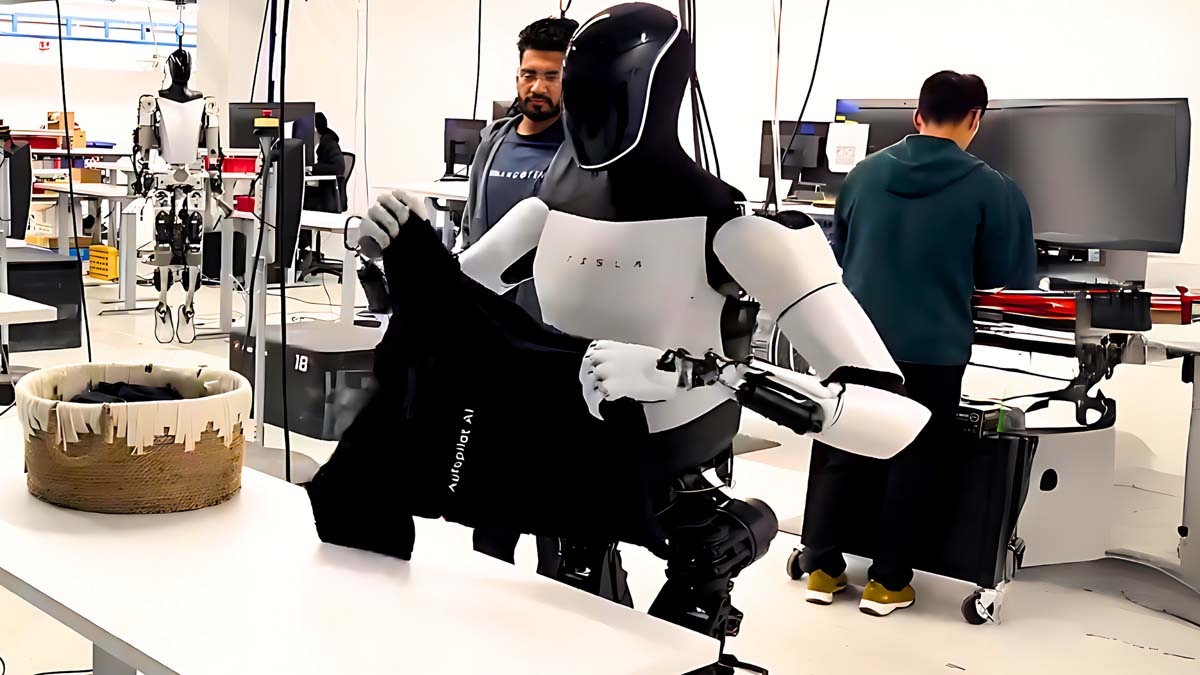
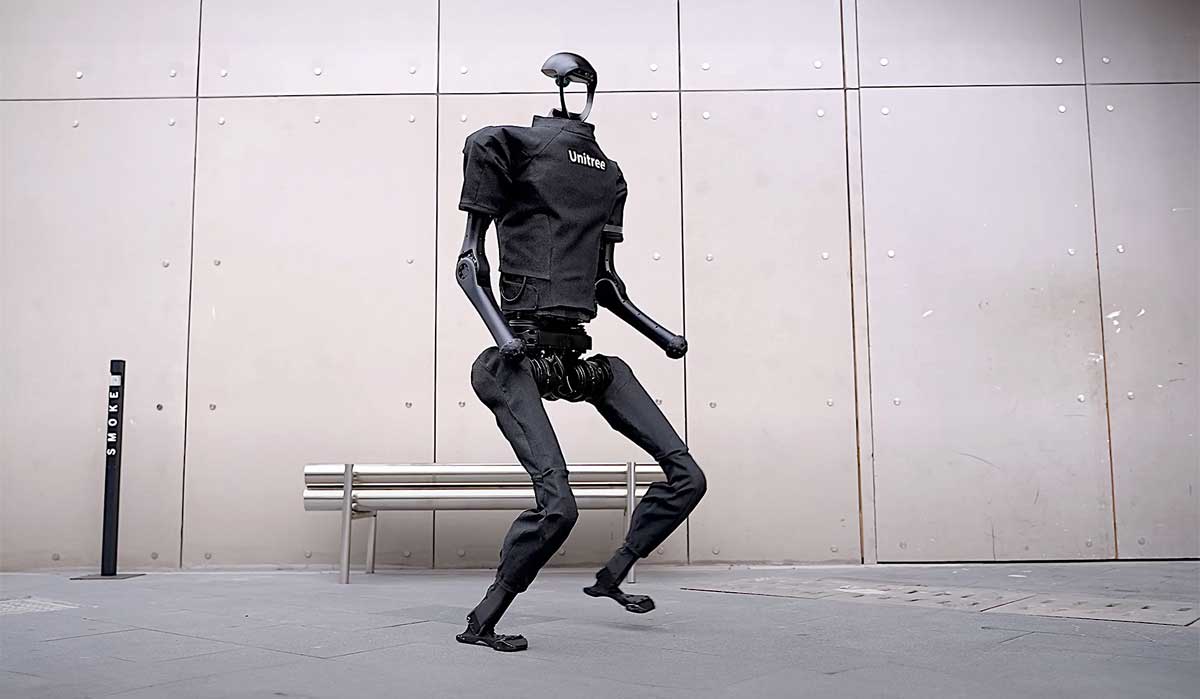
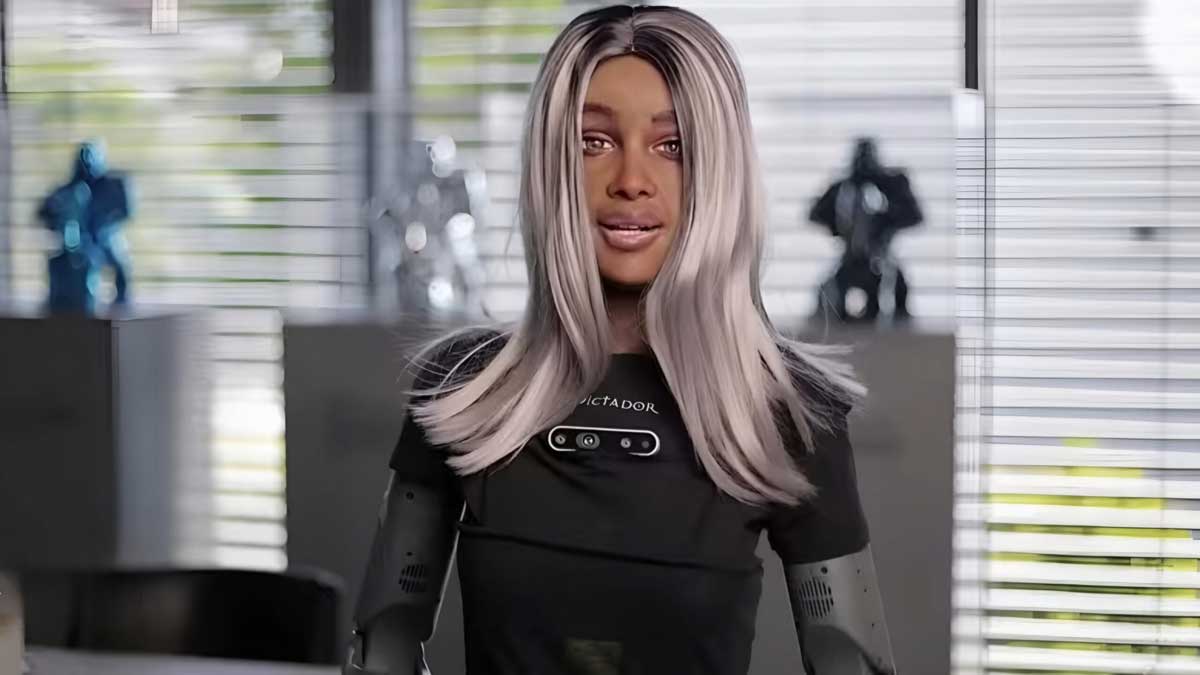
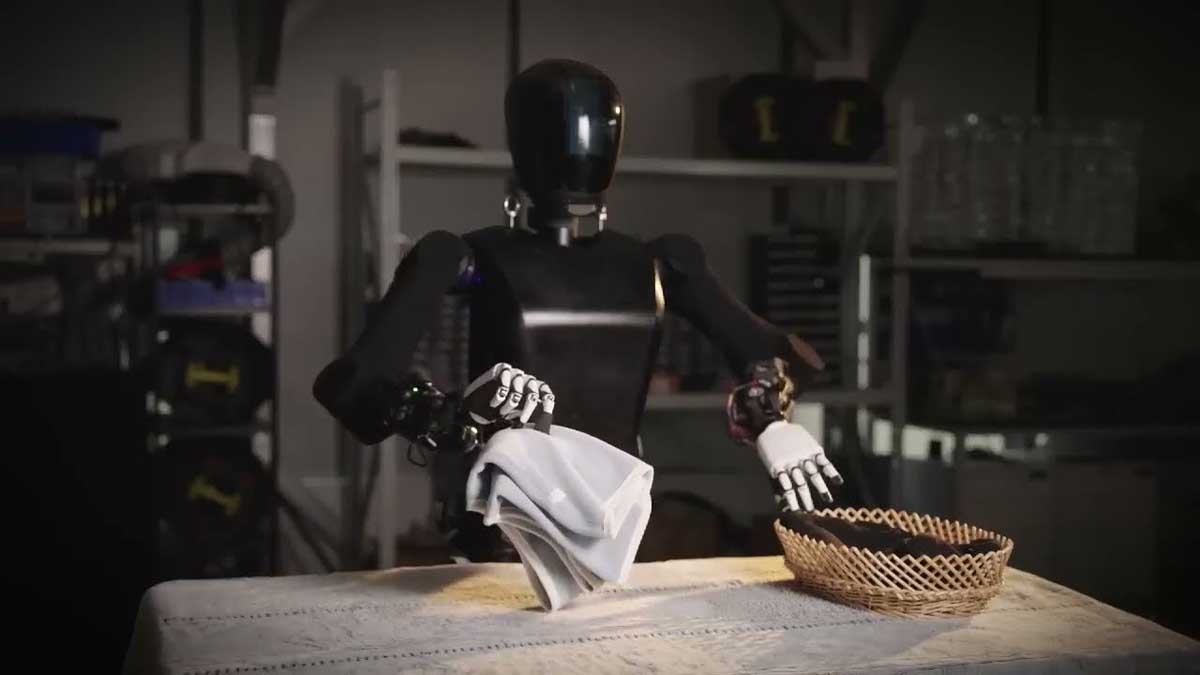
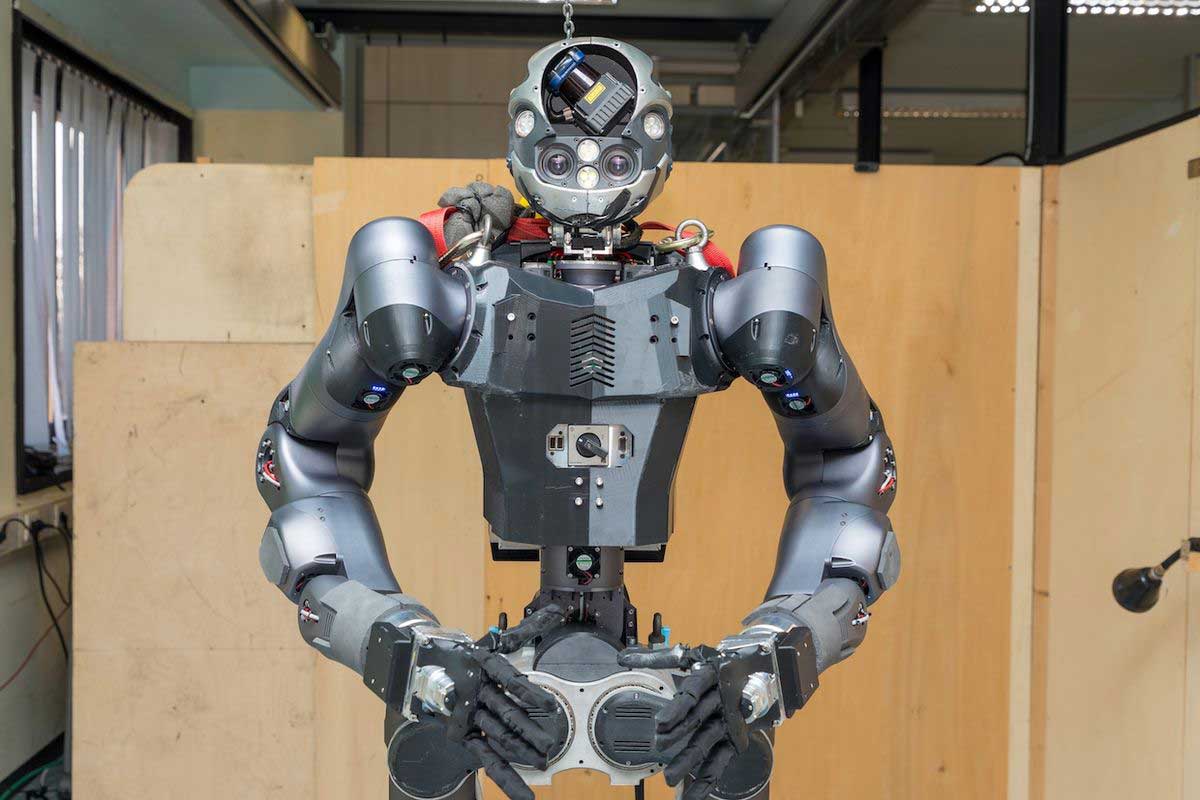
Leave A Comment